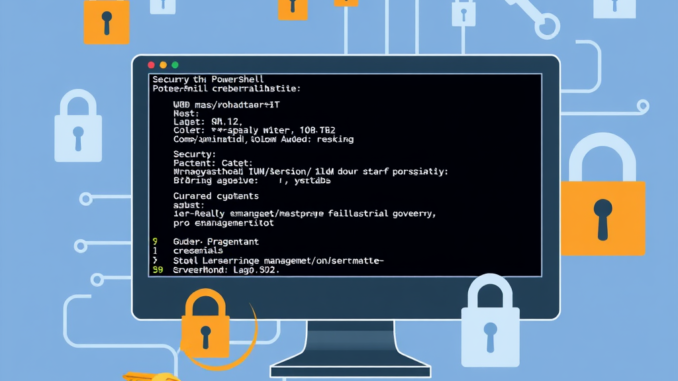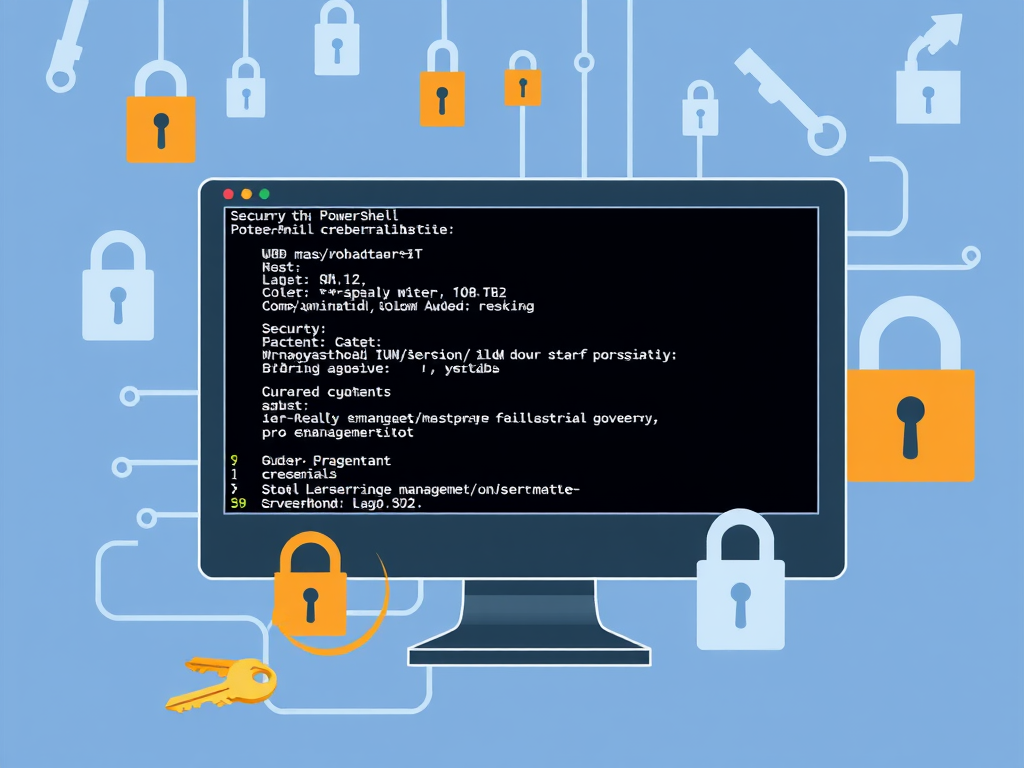
Introduction
As a PowerShell administrator, securely handling credentials is one of the most critical aspects of scripting and automation. In this post, we’ll explore various techniques, best practices, and potential pitfalls of credential management in PowerShell.
Understanding PowerShell Credentials
The Basics of Get-Credential
When you use Get-Credential, PowerShell provides a secure way to capture user credentials:
$Credential = Get-Credential
This seemingly simple command opens up a world of secure credential handling, but where exactly are these credentials stored?
Credential Storage Mechanisms
1. In-Memory Storage
- Scope: Current PowerShell Session
- Lifespan: Temporary
- Use Case: Short-lived operations
# Credentials exist only during the current session
$Credential = Get-Credential
2. Encrypted XML Storage
For persistent storage with enhanced security:
# Export credentials securely$Credential | Export-CliXml -Path C:\SecureCredentials.xml# Import when needed$ImportedCredential = Import-CliXml -Path C:\SecureCredentials.xml
Advanced Credential Management Techniques
Secure String Method
# Convert password to secure string$SecurePassword = ConvertTo-SecureString "PlainTextPassword" -AsPlainText -Force$Credential = New-Object System.Management.Automation.PSCredential("Username", $SecurePassword)
Windows Credential Manager Integration
- Leverage Windows’ built-in credential management
- Ideal for enterprise environments
- Provides additional layer of security
Best Practices
- Never Store Credentials in Plain Text
- Use Encryption
- Implement Role-Based Access Control
- Regularly Rotate Credentials
- Limit Credential Exposure
Security Considerations
🔒 Pro Tips:
- Use certificate-based encryption when possible
- Prefer integrated authentication methods
- Implement multi-factor authentication
- Minimize credential transmission
Code Example: Secure Credential Workflow
# Secure Credential Retrieval and Usage
function Invoke-SecureOperation {
param(
[Parameter(Mandatory=$true)]
[PSCredential]$Credential
)
# Perform secure operations
# Avoid exposing credentials in logs or output
}
# Usage
$SecureCredential = Get-Credential
Invoke-SecureOperation -Credential $SecureCredential
Common Pitfalls to Avoid
- Hardcoding passwords in scripts
- Using plain text credentials
- Storing credentials in unsecured locations
- Sharing credential files
Conclusion
Credential management in PowerShell is not just a technical requirement—it’s a critical security practice. By understanding these techniques, you can create more secure, robust automation scripts.

